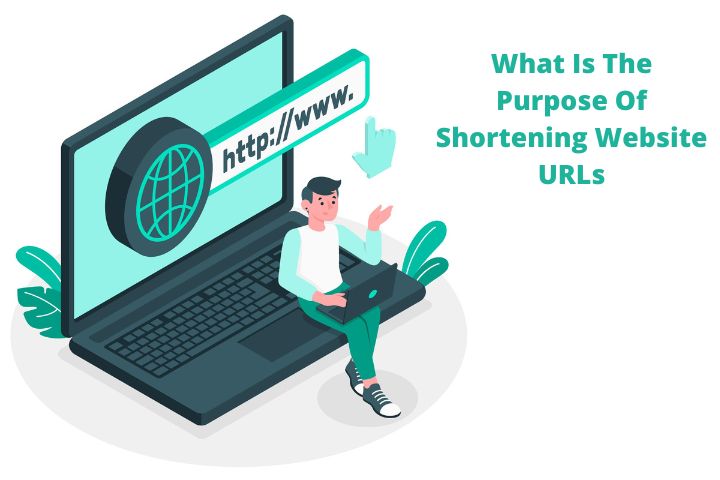What Is The Purpose Of Shortening Website URLs, And How To Do It?

Let’s talk about URL (Uniform Resource Locator): that string translated as ‘address,’ which identifies every resource on the web. In this article, we focus on the practice of creating short URLs and try to understand how it is done and what it is for.
It is vital for small and medium-sized businesses to be recognized as a brand and to track every type of interaction made by users on their websites. Shortening URLs is one of the best practices for implementing these digital marketing strategies. Find out how to take advantage of all its benefits.
What are the benefits of shortening URLs?
URL generation is usually done automatically by the system. Shortening the generated string is actually very simple; also, thanks to the URL shortening apps we will talk about. Understanding how to turn it into good practice from a digital marketing perspective, on the other hand, requires a minimum of in-depth analysis. Let’s start by identifying the reasons that can lead us to use short URLs:
- ‘Griffare’ the contents: if we have to share a link through instant messaging systems, such as WhatsApp or Telegram, or on social platforms (Twitter / Facebook), we can use shortened URLs. Staying in the social field, in fact, a personalized and short URL helps the memorization of the brand and confirms its authority.
- Improve address appeal: A shortened URL is cleaner and more professional than a random string of letters and numbers. It is no coincidence that some big brands have focused on short and customized URLs, such as Amazon, which becomes to, Facebook, which has shortened URLs on fb.me, and Nike, which started many of its links with swoo.sh, referring to the iconic logo, the Swoosh.
- Track links: some apps allow you to shorten the URL and track its activity within a campaign depending on the source of origin, for example, clicks from Google, Facebook, Twitter, etc.
Tech tips for shortening URLs
Before proceeding with the shortening of the URL, it is important to know how to act on the three parts that make it up:
- Domain: it is the section that identifies you as a unique brand and must therefore include the name of your brand.
- TLD ( Top Level Domain ): this is the portion after the dot, for example .com, .org, .edu, .net etc. The release of new TLDs is constant, allowing you to find the one most in line with your business.
- Slug: consists of the last part of the URL and identifies the page within the website. You will have to consider it as a summary, and for this reason, it will have to contain the keyword for the content of that page.
Which sites to use for URL shortening?
Experimenting with various tools to shorten URLs, customize them to optimize your site’s SEO, and track links is a good way to get an idea of the options available. Here are a few you can start with:
- Rebrandly: URL shortener for short and personalized links to share, for example, on Facebook, Twitter, LinkedIn, etc. The free account allows you to create up to 1000 short links.
- Do: can be used, with or without registration, from the homepage, by copying and pasting the link to be shortened. The enrollment plan allows for additional features such as detailed reports on each click and a customizable domain.
- Com: a very useful online tool for creating short and consistent URLs with the company brand. To shorten a new URL, simply paste the link in the indicated field and press “Make TinyURL! “. The links are generated with random characters, but you can personalize your shortened link using the “Custom Alias” field.
Bitly deserves a separate chapter, one of the most popular tools for shortening URLs. The free version is very basic and has limited functionality, while the premium one has paid plans (from $ 35 per month) that allow customization of the URL and advanced link monitoring. These are the steps to create a custom short link:
- Buy a domain relevant to your business;
- Create an account on ly where you will enter the URL to shorten it, bearing in mind that the maximum length can be 15 characters.
- Verify your account and login;
- Configure the settings to change the URL from generic ly to your custom URL. From the settings panel, access the advanced settings and click on Branded Short Domains. You will receive instructions for setting up your DSN registers by pointing to bit.ly. After approximately 24-48 hours, the new settings should be operational. To learn more about the technical information on setting shortened URLs, we refer you to bit.ly support.
Also Read : YouTube Advertising: Costs And Practical Advice To Get Started


